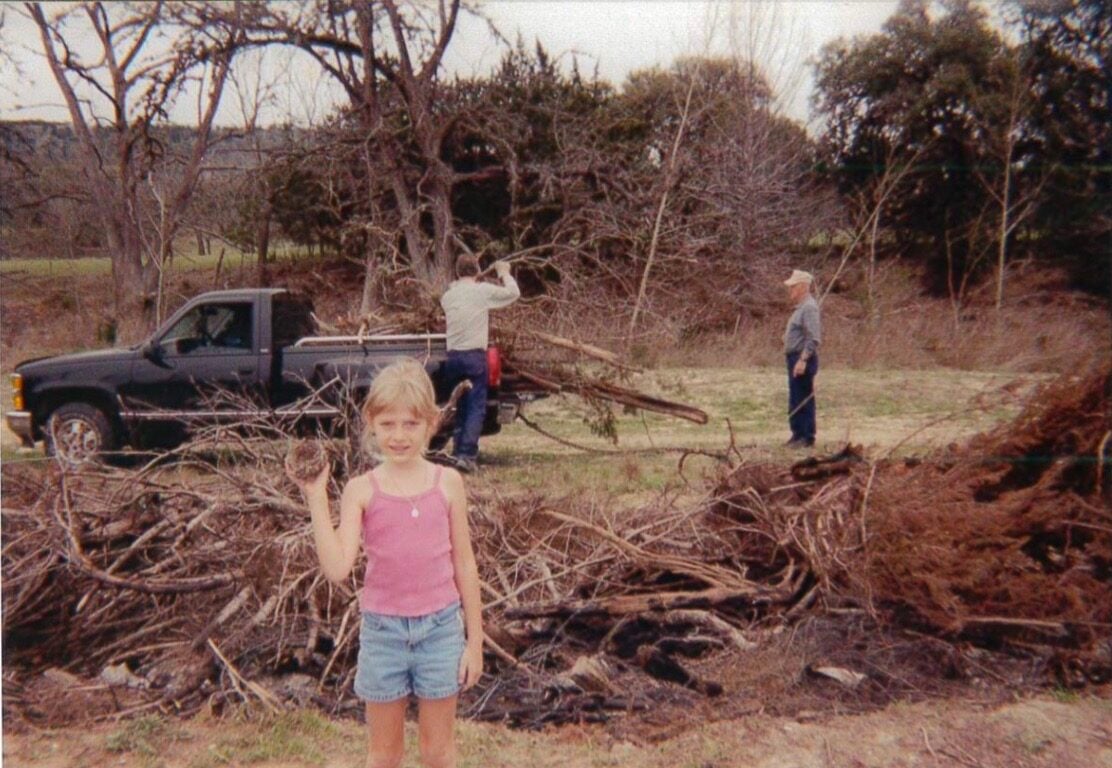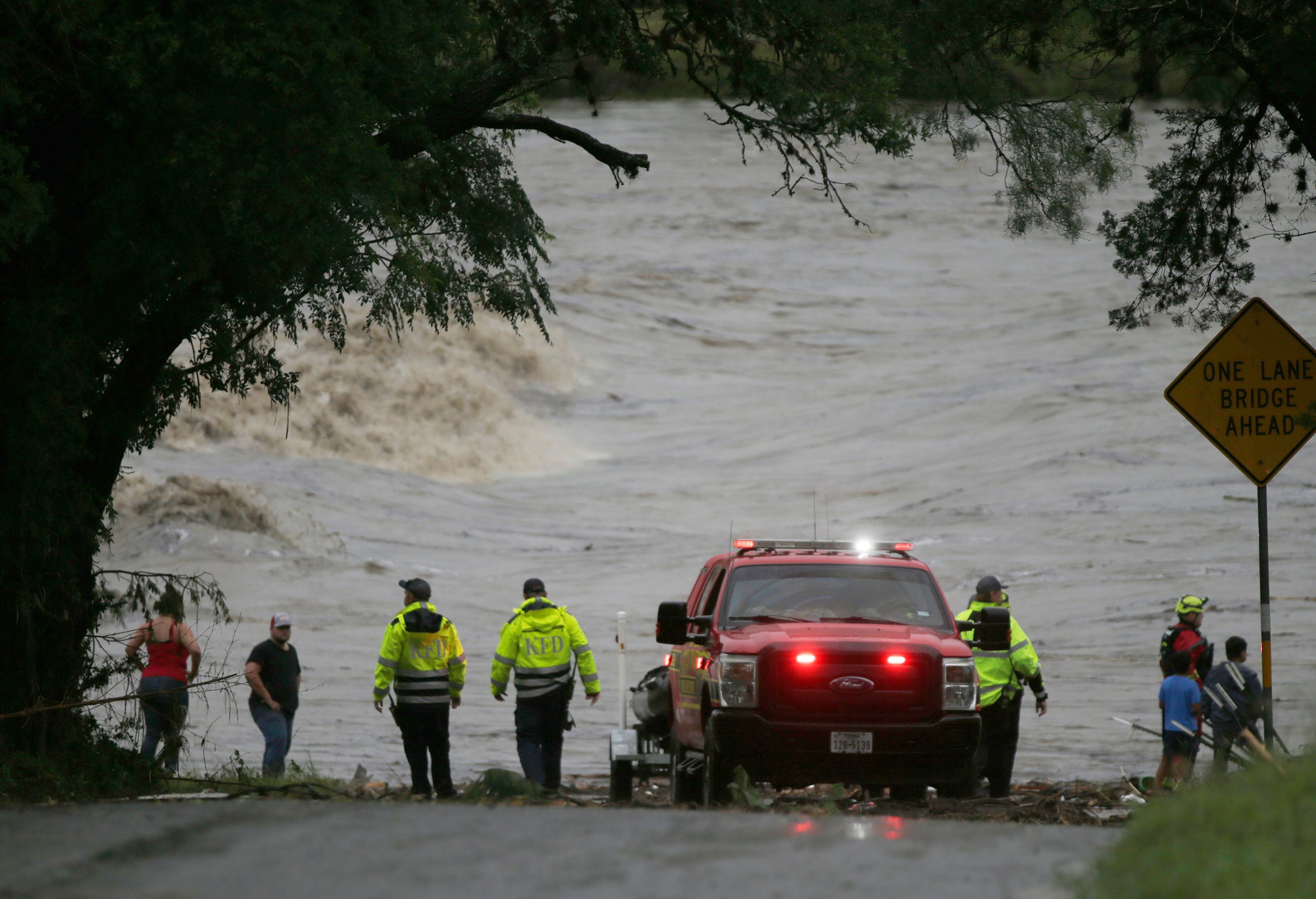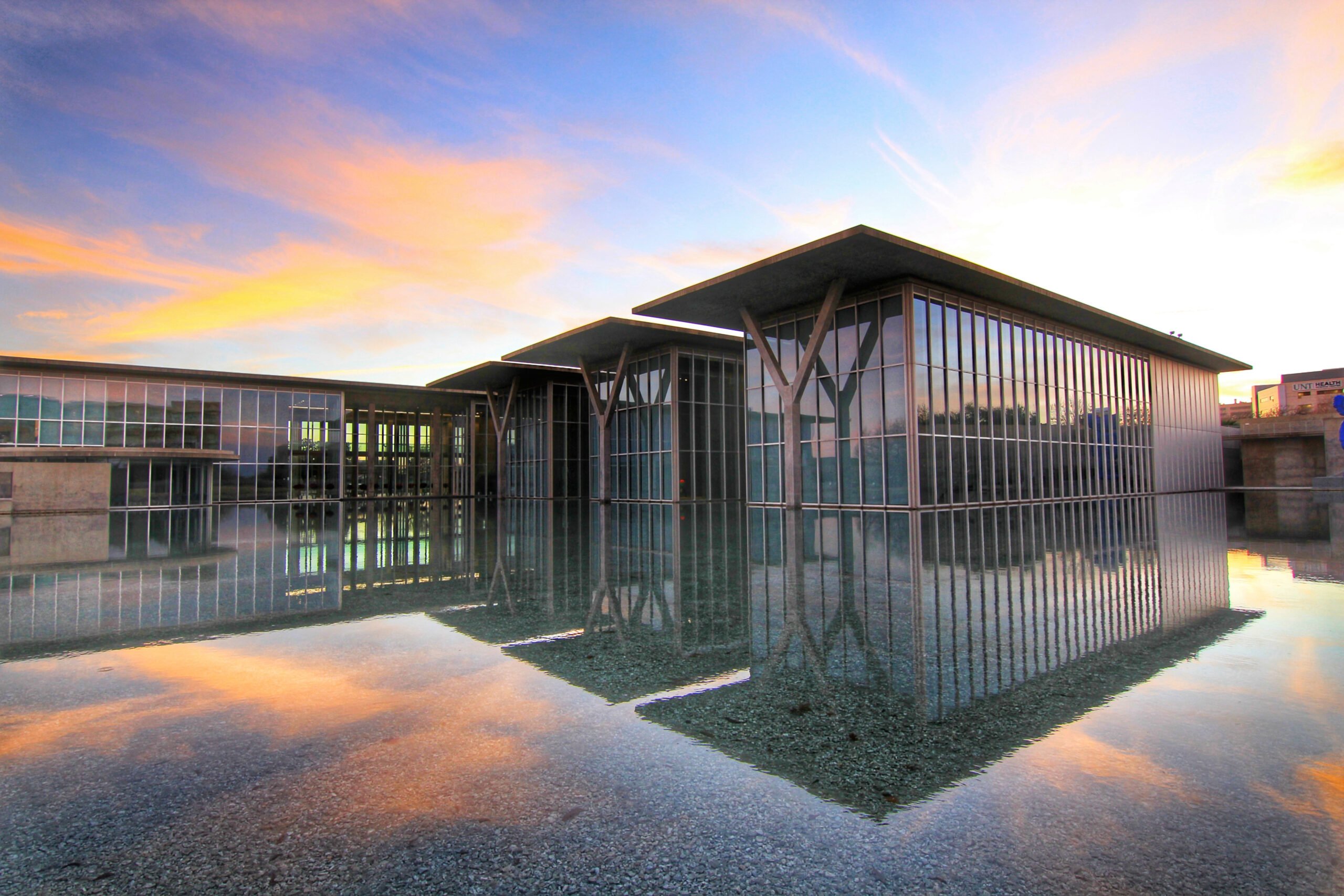ustxtxb_obs_1971_12_17_50_00006-00000_000.pdf
Page 14
right-of-way land about 25 percent above estimates plus an expressway-spanning bridge. IWC’s lay president later wrote that the Sisters were placed under pressure regarding their public image as a prelude to this agreemen t. IN 1967, after continued rebuffs and an ever-hardening pro-parks route position by the city and state, the Conservation Society filed the suit which is the basis of the present work stoppage. They pled that improper procedures had been followed by the state and federal officials in expediting the project. Meantime, there were developments in federal .legislation ultimately applicable to the parks route of the North Expressway. The “Yarborough Amendment” to prevent expressways through parks unless there was no “prudent and feasible alternative” became effective, as did other environmental law. Recent arguments that these were being applied to the North Expressway retroactively were rejected by the Fifth Court. The nation’s first Department of Transportation Secretary, Alan Boyd, struggled with the parks route problem during his entire administration. Shortly before leaving office, Boyd offered to approve the parks route if extensive design changes in the central portion were made. This came to nothing. Boyd’s successor, Secretary John Volpe, sought some knot-cutting compromise. In late 1969 he offered to approve construction on “end segments” provided a study of the “center segment” was made and the entire route brought into compliance with law. In April, 1970, the state rejected this offer presumably because it felt no study was necessary. This action was widely interpreted as ending the controversy in favor of the conservationists. Volpe himself boasted in an “Earth Day” speech shortly thereafter that he had “saved” San Antonio parkland. But the victory was illusory. On Aug. 4, 1970, the state announced acceptance of the Volpe “segmentation” plan study and all. Under the plan, the parks route was to be divided into three “segments” a Pearl Parkway-to-Mulberry “south segment,” a Mulberry-to-Tuxedo “center 6 The Texas Observer MARTIN ELFANT Sun Life of Canada 1001 Century Building Houston, Texas CA 4-0686 segment” and a Tuxedo-to-Loop 410 “north segment.” The “end segments” were to be under construction with federal funding while the “center segment” was being “studied,” even though both “end segments” intruded on park land. THOUGH SEEMINGLY alike, there was big difference between Volpe’s original offer and the one accepted, as the Fifth Court pointed out. Volpe originally had required that the whole Pearl Parkway to Loop 410 route be in compliance with federal law. In the second instance, this vital requirement was dropped. In effect, Volpe agreed to use federal money on “end segment” construction regardless. Then, if the state didn’t like the results of the “center segment” study which would presumably find a law-abiding route the state could reject the study and build along the same old parks route using only state money. This plan was agreed to at a meeting in Volpe’s office. City and state parks route backers but no conservationists attended, accompanied by Sen. John Tower. The local media apparently missed the significance of the meeting, which did not become generally apparent until the Fifth Court opinion. But there was at the time one strong hint of what went on. McAllister returned from Washington offering to “bet anyone $1,000 that we get the North Expressway.” On Aug. 13, 1970, Volpe authorized “end segment” construction with federal funding, and a few days later the state initiated bidding procedures. The Conservation Society immediately activated its 1967 suit now aimed specifically at halting “end segment” construction. Their efforts failed in Austin’s district court and in the Fifth Court, and the Society took the case on to the Supreme Court. In the face of this threatening legal action, the state nevertheless awarded “end segment” contracts. Construction began Nov. 20. Then, out of the blue on Nov. 24, the Conservation Society’s president announced that the Society was withdrawing from all litigation. “Because we are losing,” she explained. The parks route seemed assured. But like Jason’s dragon teeth, some 200-odd shocked society members sprang up to continue the fight. They learned they could continue litigation as “individual members” of the Society, and i n a hectic Thanksgiving-spanning effort decided to do so. Almost immediately, the “individual members” were rewarded with a heartening, if short-lived, legal victory. The late Justice Black issued a stay of construction. This was ignored on technical grounds and was lifted shortly thereafter. A request for writ of certiorari was denied, but the action gave Justices Black and Douglas an opportunity to write scathing dissents critical of the route, including the comment that the “end segments” were like “gun barrels” pointing at the parks’ heartlands. OT H E R ENCOURAGING developments followed the Conservation Society’s surrender. The local Sierra Club chapter, which had already produced an excellent “Why Pave the Grass?” film opposing the route, was freed for a more active role in a fight from which they had been somewhat excluded. A Save Our City group of young people organized to oppose the route. They planted a “Tree of Hope” in the path of working bulldozers, made a zestful spring “Route March” and produced exuberant performances of a “Monoxide Mummers” mime troupe. Both the Sierra Club and Save Our City have become litigants in the suit., Even as the bulldozers rolled, legal wheels favoring the conservationists and rally were turning. On March 2, the Supreme Court handed down its “Overton Park” decision, favoring Memphis conservationists in a strikingly similar parks-vs.-expressways case. This enabled San Antonio conservationists to return to the Fifth Court asking a hearing because of changed conditions due to “Overton Park.” The Fifth Court agreed and issued a stay of “end segment” construction which, after some delay, went into effect June 22. No work was been done on the route since. The Fifth Court found unanimously that Secretary Volpe had acted beyond the scope of his authority in his segmentation of the route. It noted that the whole Pearl Parkway to Loop 410 route was one project, and it sent the case back to district court with instructions to hold it “until the secretary has completed his administrative review . . . under law.” The district court is instructed to review the case in strict accordance with Fifth Court and “Overton Park” guidelines. The effect on the parks route proponents was traumatic. Most infuriating to them was the court’s ruling that. the North Expressway was irrevocably a state-federal project and that the state could not build any part of it with its funds alone. This ruling prompted the ever-loquacious McAllister to fume that he “was about ready to secede from the union.” The state is now in court seeking to extricate the parks route from federal involvement. This would free it from the restraints of federal law. In the pursuance of this objective, Texas has “withdrawn” its application for federal parks route funding and has returned $1,818,600 in federal money previously advanced on the project. The Fifth Court said that the federal-state partnership in the project was like a “marriage” and “unhappy one, [which] has produced an already huge concrete offspring . . .” No one knows what is to become of either marriage or waif.


